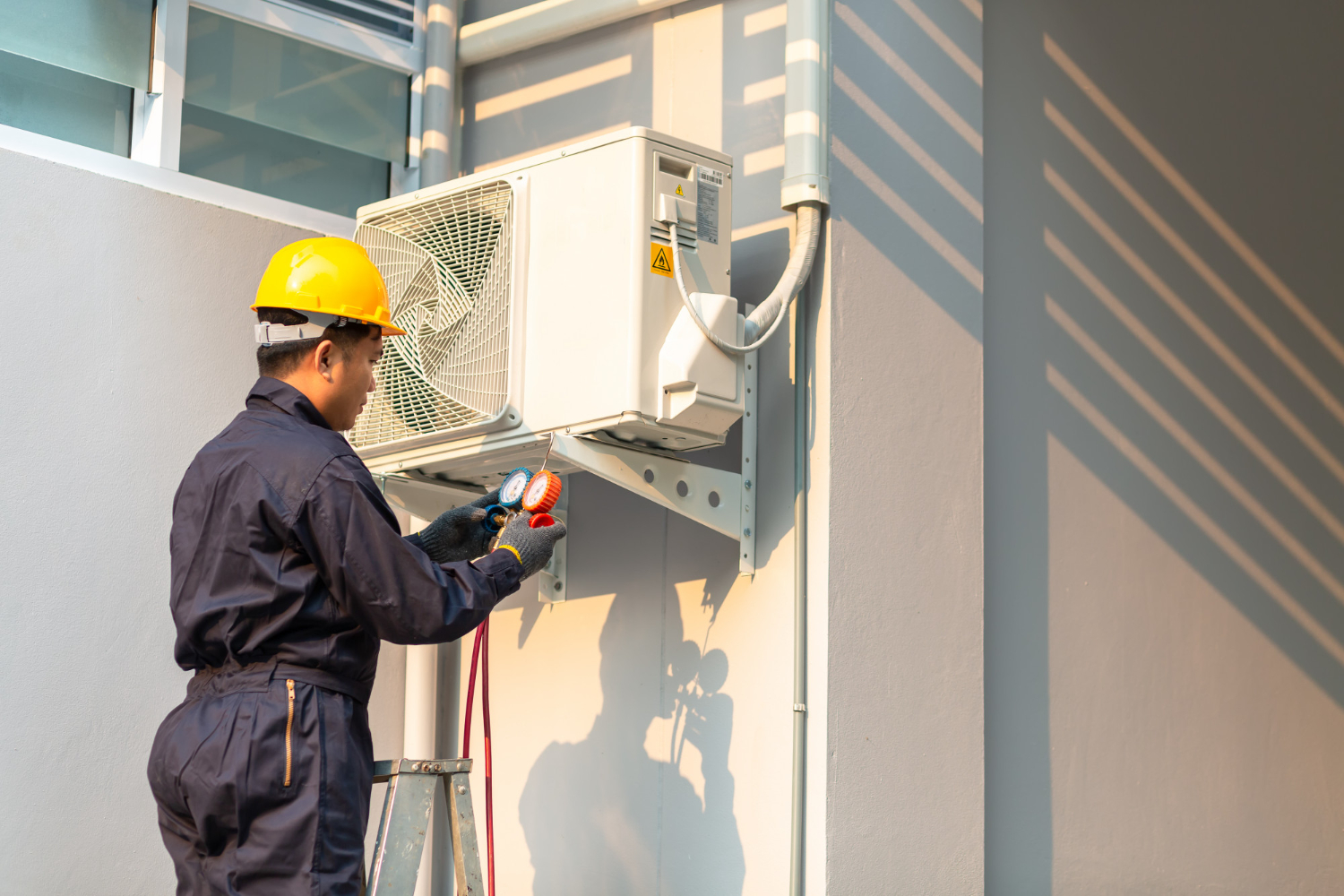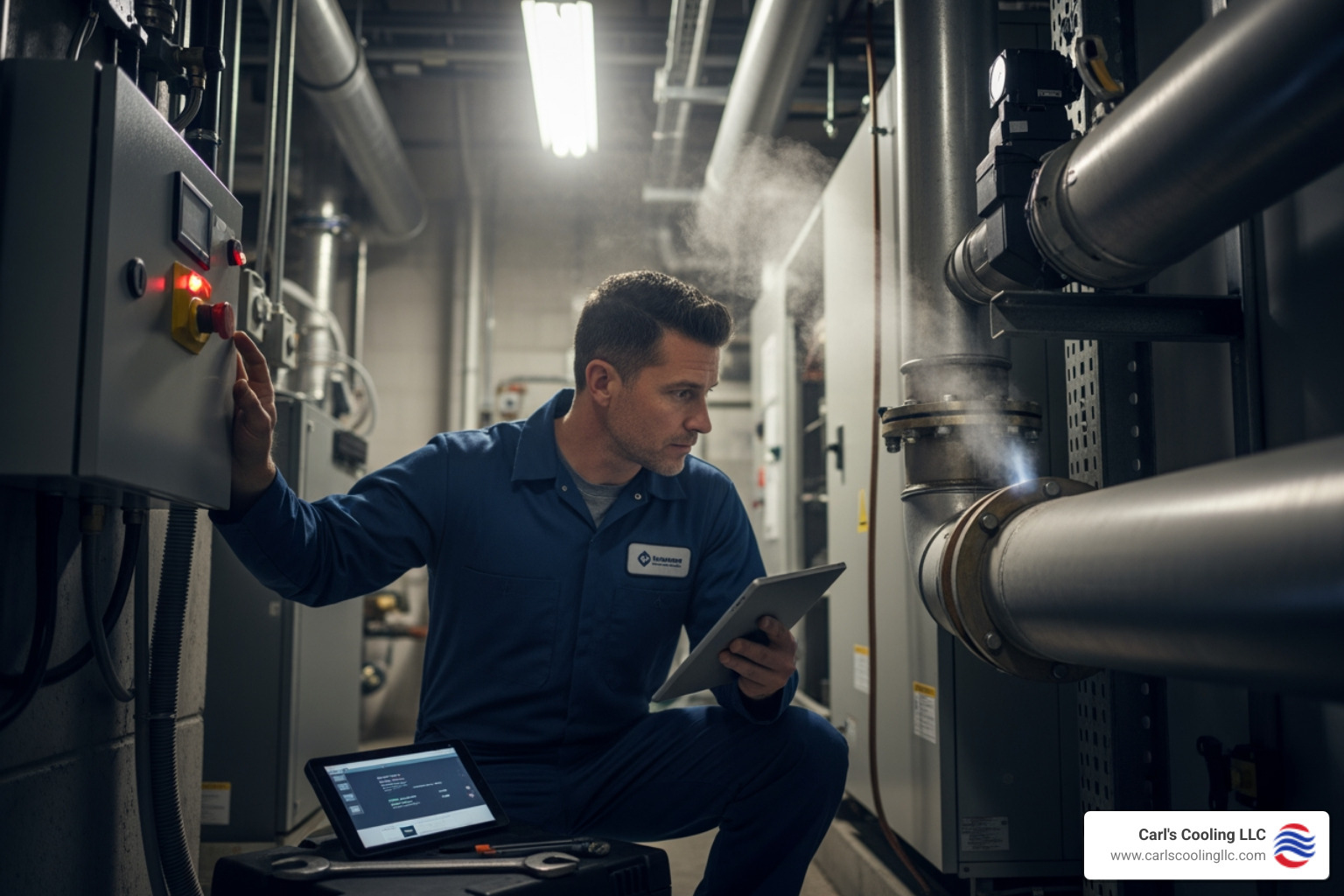During the peak of summer in The Woodlands, it's common for homes to experience a drop in cooling efficiency. The thermometer stays high, and it feels like no matter how low you set the thermostat, the air just isn't as cool as it used to be. This is frustrating, especially when you're trying to keep your space comfortable during the hottest part of the year.
An air conditioner that once kept your home cool with no trouble might start to lag. Trying to force it to work harder doesn’t always help either, and can sometimes make things worse. If you're wondering why your AC seems to struggle during summer, you're not alone. There are clear reasons for this, and most are linked to how your system responds to extreme heat. Understanding these challenges can help prevent a complete breakdown when you need your system the most.
Increased Demand During Summer
Summers in The Woodlands bring high temperatures that push AC systems to their limit. When the outside air is relentless, your AC has to run longer and harder just to keep the house at a steady temperature. This extra demand adds stress to all parts of the system, especially older units or those that haven’t been serviced recently.
Think of it like running on a treadmill nonstop. The longer you go, the harder it becomes to maintain the same speed. That’s what your AC is dealing with on those days when the highs stretch into the upper 90s. It’s cycling on more frequently, and maybe even running all day without a break. That leads to overheating, worn-out parts, and less efficient cooling.
Even newer units can face challenges if they aren’t correctly sized for the home or if the layout of the house makes it difficult for cool air to circulate evenly. Factors that increase demand and cause strain include:
- Long run times due to high outdoor temperatures
- Poor insulation or leaky ductwork letting conditioned air escape
- Thermostats set too low all day long
- Older or undersized units trying to cool larger spaces
- Blocked vents or obstructions that slow airflow
The combined impact of these issues can quickly wear down a system that’s already working harder during the summer. Without addressing them, you're likely to see a performance dip and possibly even signs of system failure.
Factors Affecting AC Efficiency
Besides high usage during summer, there are several mechanical and maintenance-related issues that reduce how well your AC performs. Some of these can develop quietly over time, which means a drop in efficiency might catch you off guard.
1. Clogged Air Filters
Dirty or blocked filters prevent air from flowing freely through your system. When airflow is restricted, the system has to work harder to move air through, leading to reduced efficiency and higher energy use.
2. Low Refrigerant Levels
The refrigerant in your system is what actually cools the air. If levels are low from a leak or other issue, your AC can’t cool properly. This means longer runtime, warmer indoor temperatures, and higher bills.
3. Dirty or Blocked Condenser Coils
Outdoor condenser coils release the heat your system pulls from your home. If the coils are covered in dirt or debris like leaves, grass clippings, or dust, your system can’t properly discharge heat, which reduces cooling power.
4. Worn Components
Over time, components like capacitors, motors, or belts wear out. If just one part begins to fail, it affects the performance of the entire system and prevents it from running at full efficiency.
5. Lack of Regular Maintenance
Even if everything seems to be running fine, skipping yearly maintenance can let small issues go unnoticed. These small problems can grow, and by the time you feel the difference, it’s usually a more costly repair.
When these problems stack up, they lower your AC’s ability to keep up with the summer heat in The Woodlands. And if your system hasn’t been well maintained, it may already be showing signs that something’s not right.
Signs Your AC May Need Replacement
Even with regular tune-ups, every AC system has a limit. Once wear and tear start to chip away at performance, there comes a point when repairs aren’t doing much anymore. In The Woodlands, where summers are long and heat hangs in the air for weeks, an aging unit can become more of a hassle than a help. When performance drops consistently, it’s a good idea to know the signs that your system may need replacing.
There are a few red flags that tend to show up as the unit loses efficiency:
- The AC is constantly running but barely cools the house
- Frequent repairs or part replacements over a short amount of time
- Uneven temperatures across rooms even when windows are closed and vents aren’t blocked
- Weak airflow even at the highest fan setting
- Rising monthly bills despite no change in your usage habits
- The unit makes strange noises like grinding or rattling during startup or shutdown
For example, a homeowner in The Woodlands noticed their second floor stayed uncomfortably warm no matter how long the AC ran. They had already replaced the compressor the year before, cleaned the coils earlier that spring, and were still seeing climbing electric costs. When our technicians inspected the system, the age of the unit and repeated stress through past summers pointed to replacement as the best option. Once upgraded, temperature control was finally consistent across the entire home.
If your system is more than 10 to 12 years old and showing multiple warning signs, it’s worth thinking about a long-term fix instead of continuing short-term patches. Investing in a newer unit may seem like a big step up front, but it solves repeat issues and prepares your home for the next several summers.
Benefits Of Installing A High-Efficiency AC System
Replacing an older AC with a more efficient model can fix more than comfort issues. It helps reduce wear on components, handles heat better, and balances airflow across different rooms. Newer systems are also better equipped to remove humidity and filter out dust, making your home feel cooler even without dropping the thermostat much lower.
Here’s what you gain from upgrading to a modern AC unit:
1. Steady, Consistent Cooling
High-efficiency AC systems keep temperatures more level throughout the home. You’re less likely to deal with hot spots or noticeable air differences between floors or around windows.
2. Lower Utility Bills
New units use energy more efficiently, meaning they don’t have to run as long to reach desired temperatures. This can bring down costs over the long term.
3. Quieter Operation
Today’s units run smoother and quieter. That means fewer loud startups and noisy operation, which adds comfort without the background noise.
4. Smart Thermostat Compatibility
Many new models work with smart thermostats that allow you to set schedules, monitor energy use, and get alerts when something’s off.
5. Stronger Airflow and Better Air Quality
Systems come with better filtration and more powerful fans, which help circulate clean air more effectively through your home.
Replacing your AC in The Woodlands before the system fails helps prevent surprise breakdowns during midsummer heat. It also puts you ahead of future issues that come with an aging unit running under pressure.
Staying Ahead Of The Summer Heat In The Woodlands
Cooling issues during summer often creep in slowly, but once your AC starts slipping in efficiency, it won’t fix itself. Letting it continue to run under stress can lead to more frequent repairs and higher bills without the comfort to back it up. Paying attention to ongoing performance now can help you decide whether maintenance or replacement is the right move. It also gives you time to plan installation or system upgrades before full summer heat returns year after year.
If you're in The Woodlands and noticing uneven temperatures, struggling air output, or constant repairs, it’s a good time to speak with our professionals. Our technicians can inspect your current system and guide you through the best next steps, whether that involves quick fixes or a full AC replacement. Comfort shouldn't be a fight every summer. Getting ahead of these common efficiency issues means you can rely on a cool, steady home when it matters most.
If your AC is struggling to keep up with the summer heat and repair costs are starting to add up, it may be time to consider a long-term solution with AC replacement in The Woodlands. Trust Carl's Quality Cooling and Heating LLC for professional service that ensures greater comfort, improved efficiency, and peace of mind throughout the season. For a quick estimate or to book a service visit, please contact us today.






